Today I’m going to talk about two pieces rather than one, mostly because they depict the same character, but also because there’s not a ton to say about either individually. So here we go.
In the first piece I was asked to create an image of am ifrit (a type of fire demon). More specifically, he needed to be floating in an enclosed space, he needed to be surrounded by floating gold coins, and the space he was floating in needed to reference specific aspects of Persian architecture.
In this case, research into Persian architecture is what led to an idea for the piece. Once I found reference that I liked, I went about trying to figure out how the floating ifrit fit in the environment. I did a bunch of quick scribbles and settled on a direction. To expedite things, I took reference of the pose I wanted to put the ifrit in and then went about drawing my final sketches.
As you can see, I gave two slight variations both in the design of the ifrit, as well as his level of engagement with the viewer. I left it up to the fine folks at Wizards to decide, and in the end they preferred the second version. From there, I was off to the races.
About the architecture: I’d like to say that I figured out the math of the architecture and managed to draw it from scratch, but I did no such thing. First, I didn’t have the time to learn such math, and second, even if I did, there’d be no guarantee I could properly employ it in the perspective needed. While I didn’t end up tracing it, I did use a projector to plot the major through lines so I could keep it relatively accurate. In the end, it’s accurate enough, but it’s also pretty off in places. But I think it’s close enough to not be too distracting.
Now, a lot of this kind of Persian architecture happens to be quite elaborately decorated, and there’s a part of me that would have loved to get lost in that kind of thing. In fact, I think there’s a really cool version of this piece in an alternate universe where I did actually go to town on the decoration. In this universe, however, I just didn’t see how the image would hold up when reduced to card size. There’s a high probability that the information density when reduced would have resulted in an image that was virtually unreadable. So, for the sake of clarity, I chose to keep the architecture in this image more in line with less decorative examples. In addition to making the architecture less time consuming, it also helped keep focus where it needed to be: the subject of the piece, being the ifrit himself. Keeping it simple also helped ensure that I’d meet my deadline.
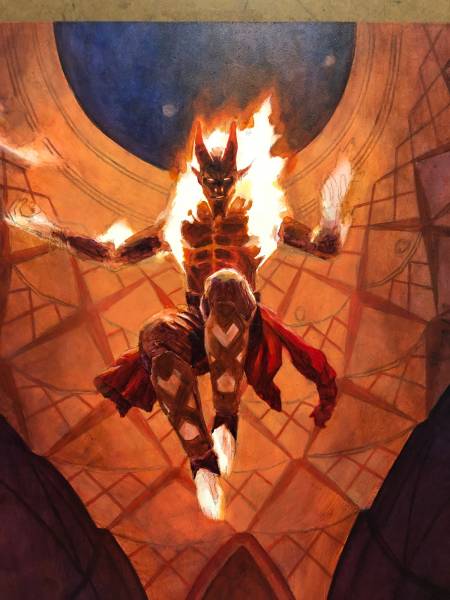
Apologies for the crop in, I failed to document the whole piece early on, for some reason. It’s just as well, though as the areas to the left and right were pretty much just blocks of color. Before I got to this stage, however, I projected my drawing onto the surface and traced it. I then painted over some of that drawing using cadmium red hue acrylic paint. Both the drawing and acrylic paint work are visible in the architecture in the background and I painted over those areas thinly to keep that drawing clear. Also of note, I kept the gesso exposed in the areas that would be the brightest parts of the fire in order to keep that brightness once I got to that part of the painting. So the fire was painted directly onto a white surface rather than a ground color to keep that luminosity.
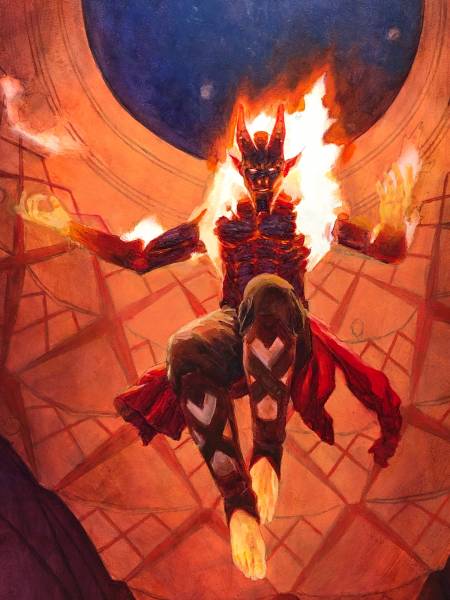
For the most part, I worked from the figure outward. Here I’ve begun to play with the warms and cools on his skin and also define the forms of his legs and drapery.
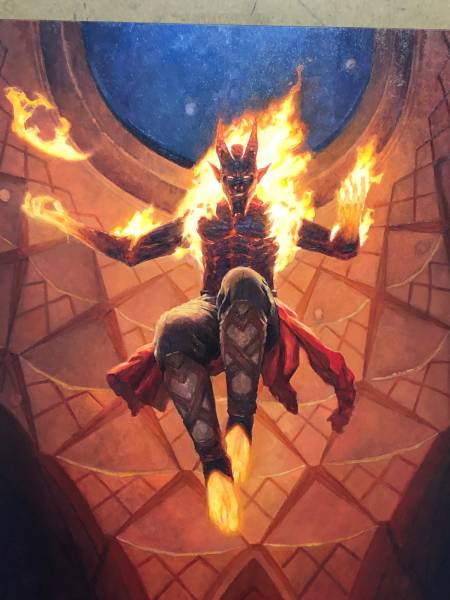
Keeping the gesso largely exposed early on not only helped with luminosity, but also meant that I didn’t have to paint the fire with thick, impasto paint. Normally, I’d have been happy to do that, but a lot of the colors I used for those areas take forever to dry, and so it was easier to keep things a bit thinner and use liquin to help make sure the piece was dry enough to scan by my deadline.
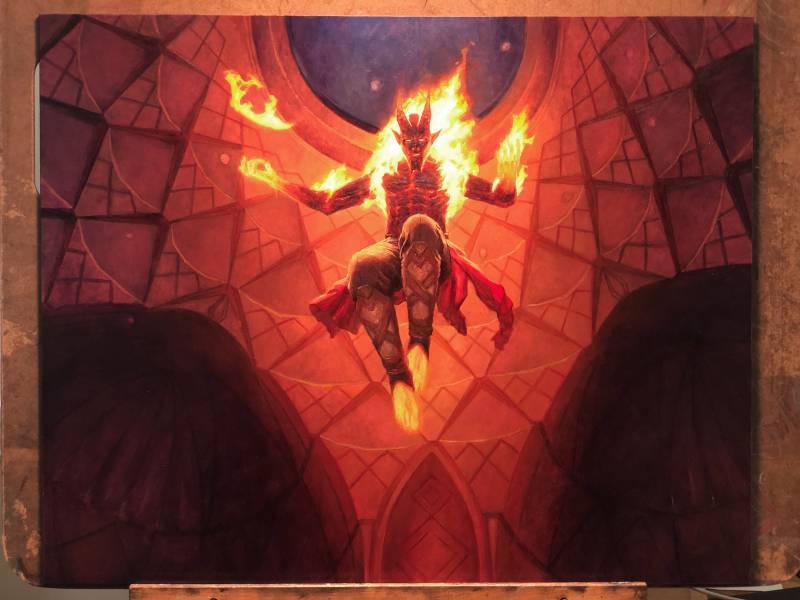
Here’s where the entire piece was at about the same time as the image above. The architecture work (apart from the darks at bottom left and bottom right) were mostly done with a buildup of thin layers as I went along. After working on the figure each day and its immediate surrounds, I’d finish out the day with a pass on those architectural details.
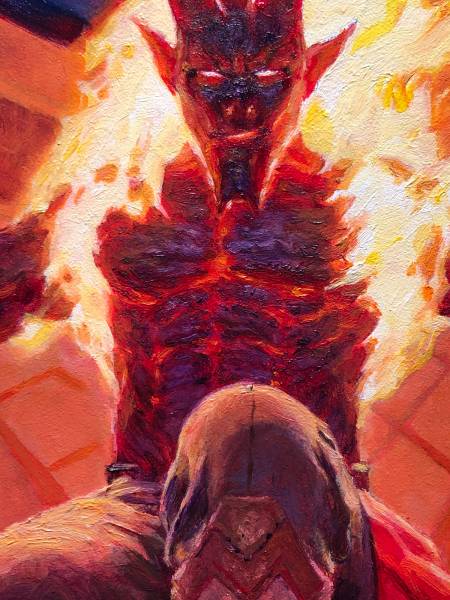
Here’s a better view of the interplay of warms and cools. Some of the paint on the figure got pretty thick, but like I said above, the fire was mostly pretty thin.
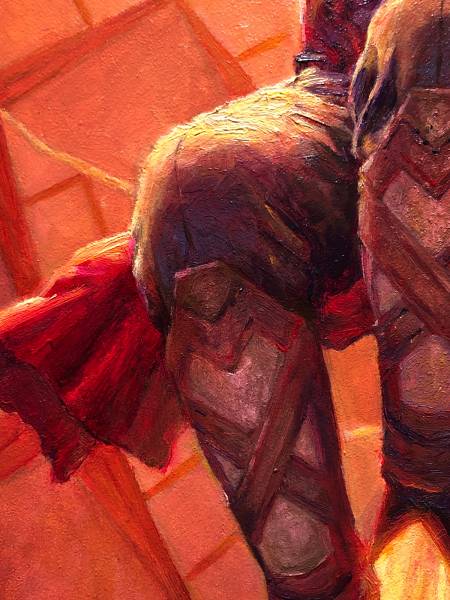
The design of the ifrit’s outfit weren’t exactly elaborate. But painting his chest and legs were probably the most fun I had working on the piece. The floating drapery and the folds in his pant legs were an absolute blast.
One of the nice things about the architectural design was that the shapes enabled me to insinuate the shape of wings behind the figure. This aspect wasn’t really a part of my initial plan, but I saw them sort of start to appear as I worked on the sketches and I tried to capitalize on that further in the painting. I didn’t want it to be too overt, but I wanted the insinuated wing shapes to definitely be there. I probably could have been even more subtle, but I’m still content with where it landed.
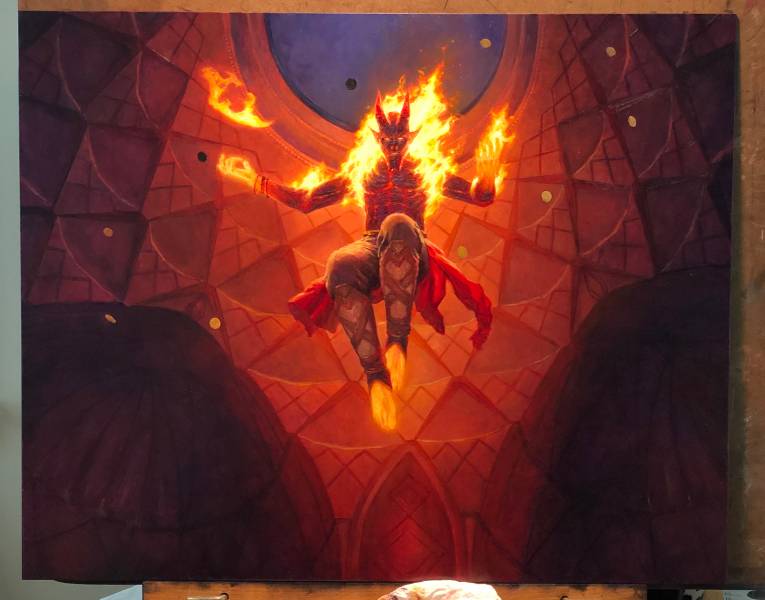
This is pretty close to the end of the piece. By this point I’m mostly doing the bits of push and pull that need doing to push things back in space or pull them forward. It’s not exactly laborious work, but it’s one of my favorite parts of painting because so much can be accomplished with very subtle means.
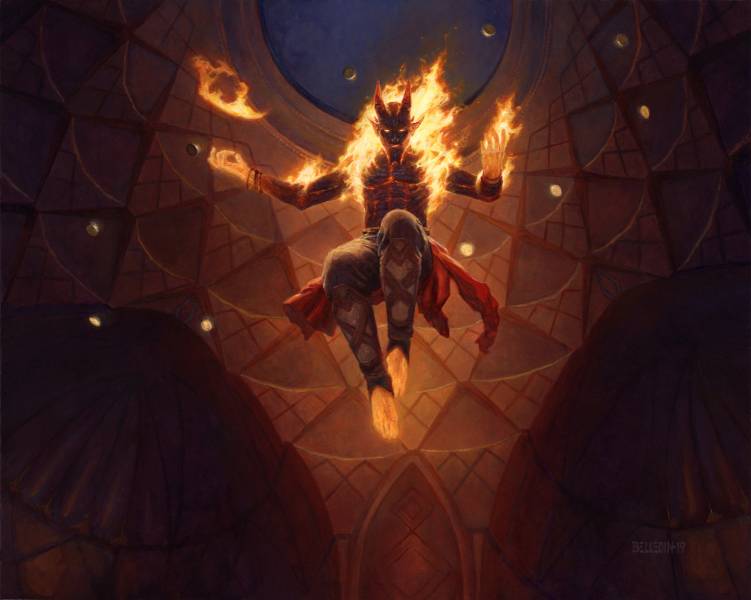
Here’s the finished piece. As you can see, compared to the images above, it’s not quite as red as the process shots would indicate. It seems that my lights in combination with my cellphone camera get carried away with reds in images. This is quite a bit closer to the finished painting.
This finished piece is called Yusri, Fortune’s Flame. It’s oil on gessoed hardboard and measures twenty inches wide by sixteen inches tall. It was art directed by Cynthia Sheppard.
In the end, I was quite content with the piece. It was a rare commission that tied into the personal work I’ve been doing in some way (if only superficially with the use of fire), and it was a nice chance to play with light and form in a way I hadn’t gotten to do in a while.
In the end, the folks at Wizards seemed to like the piece, and I moved on. But I hadn’t seen the last of Yusri. I’d get a chance to paint him again before too long. More on that next time…


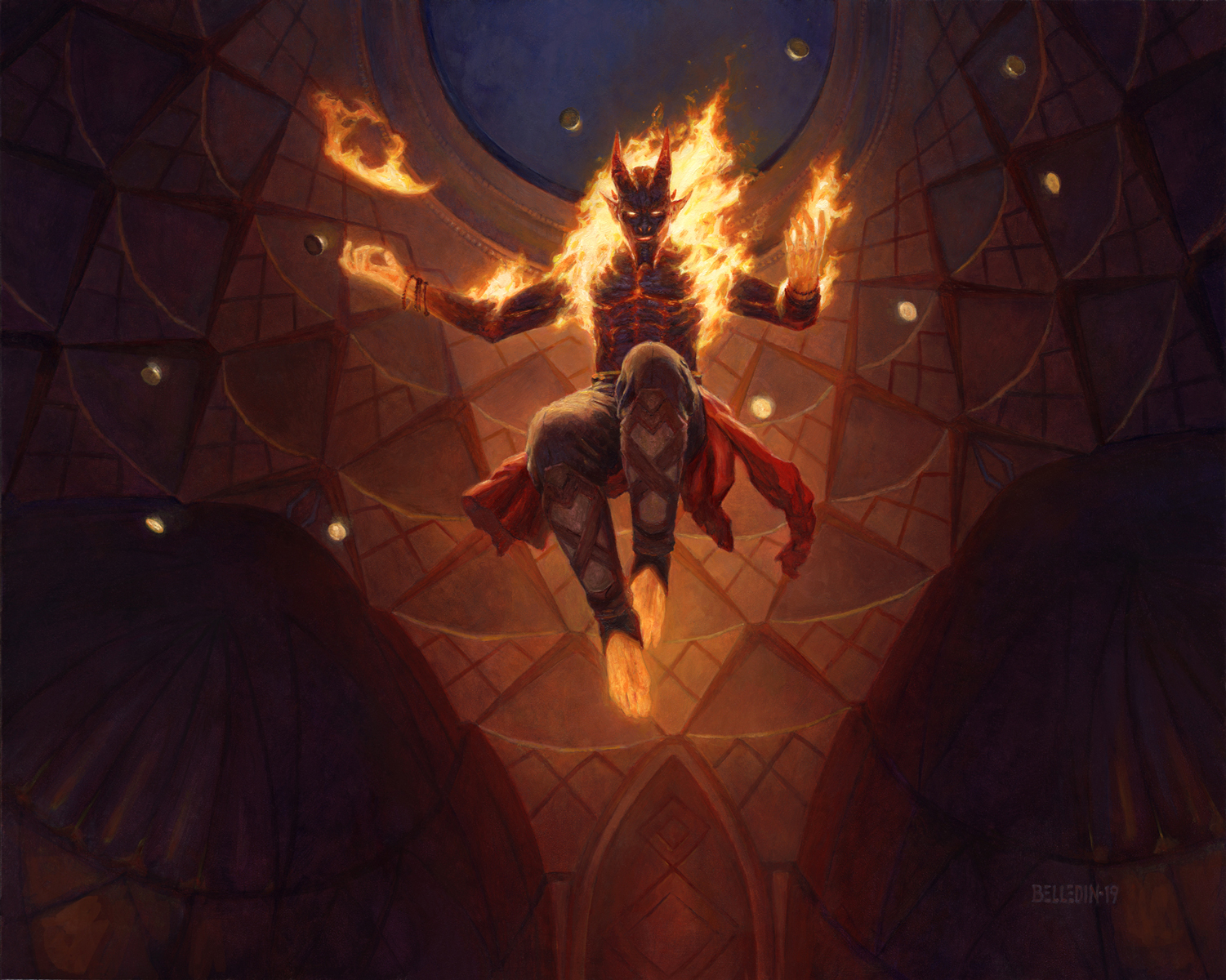

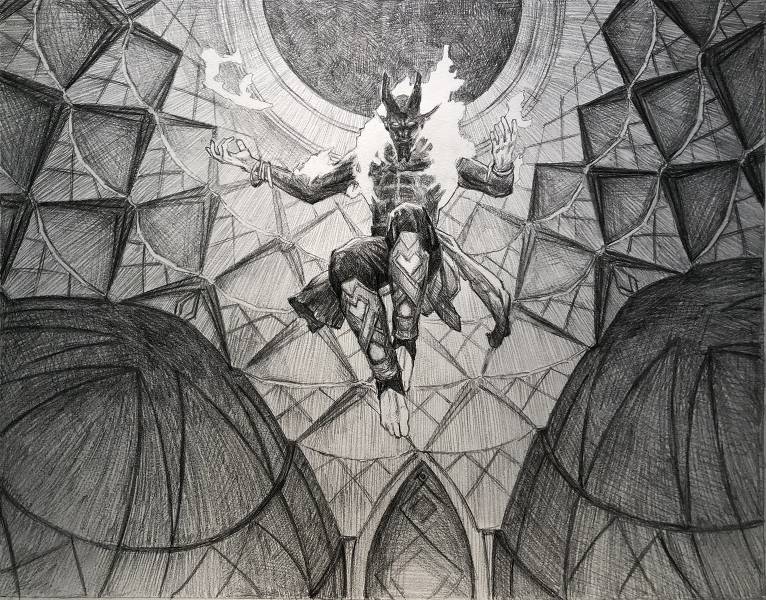

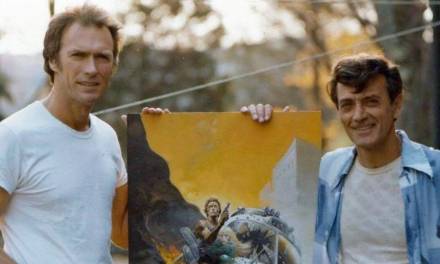
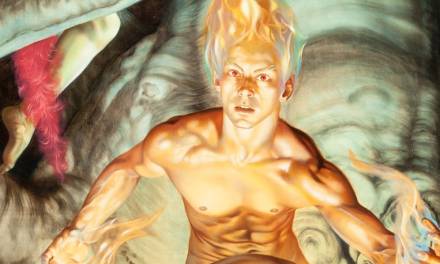
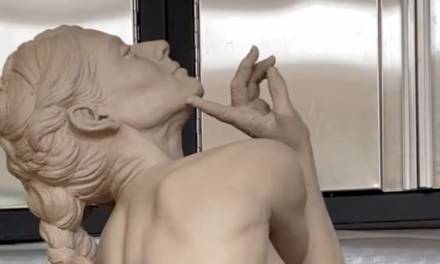
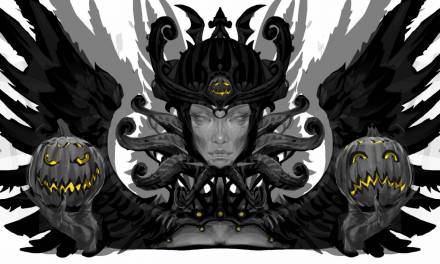
Thanks for sharing Steve, and lovely illustration. Were you able to scan this one? In one of your earlier posts, we talked about how digitize a painting too big for scanning. Meanwhile I have managed to find the correct setting and lightning for my canon 1300D Eos camera, to make useful results. In case anyone is interested set the dial to AV, choose F8,( no idea what it does…but it seems to work) and use the timer to shoot. Then the only real challenge is to put enough bounced light from a 45 degree angle from both sides, to get an even and soft spread of light.
I did indeed scan this piece, as I do all my work at present. It’s literally the only way I can get a quality reproduction at present. Someday I hope to have a camera that’ll do the trick, but it’ll be a while. Right now, our new house is kind of using up all our discretionary funds.
Thanks for listing the camera setting information. Hopefully that’ll be of some use to some of the readers.